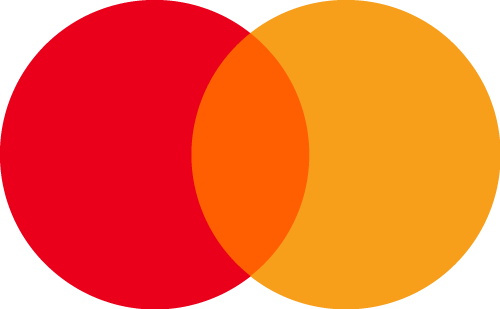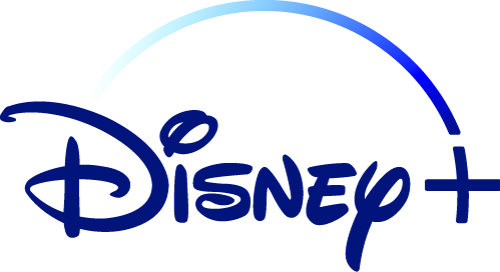Document, Analyze, and Optimize Existing Processes
Provide a boost of clarity to your process documentation.
Business process modeling is the practice of documenting how work gets done within an organization. It can take many forms, such as a flowchart or a BPMN diagram. Process modeling provides advantages like:
- Improving cross-functional communication
- Illustrating how individual teams contribute to organizational strategy
- Identifying opportunities for increased efficiency and standardization
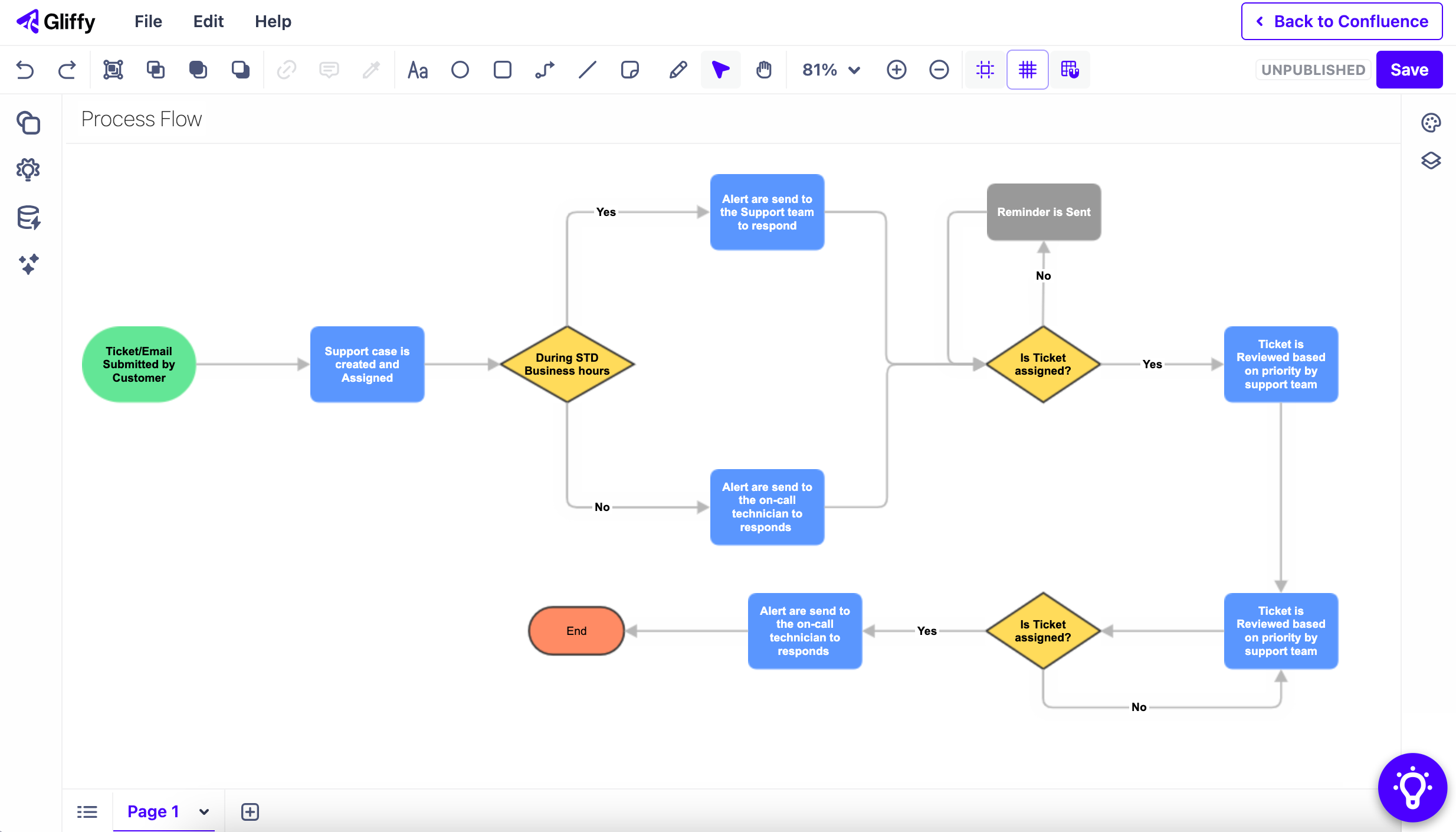
SOPs help organizations define the steps to complete a particular activity with efficiency and consistency. These documents help teams by:
- Providing a documented source of truth
- Onboarding new employees
- Improving or automating workflows
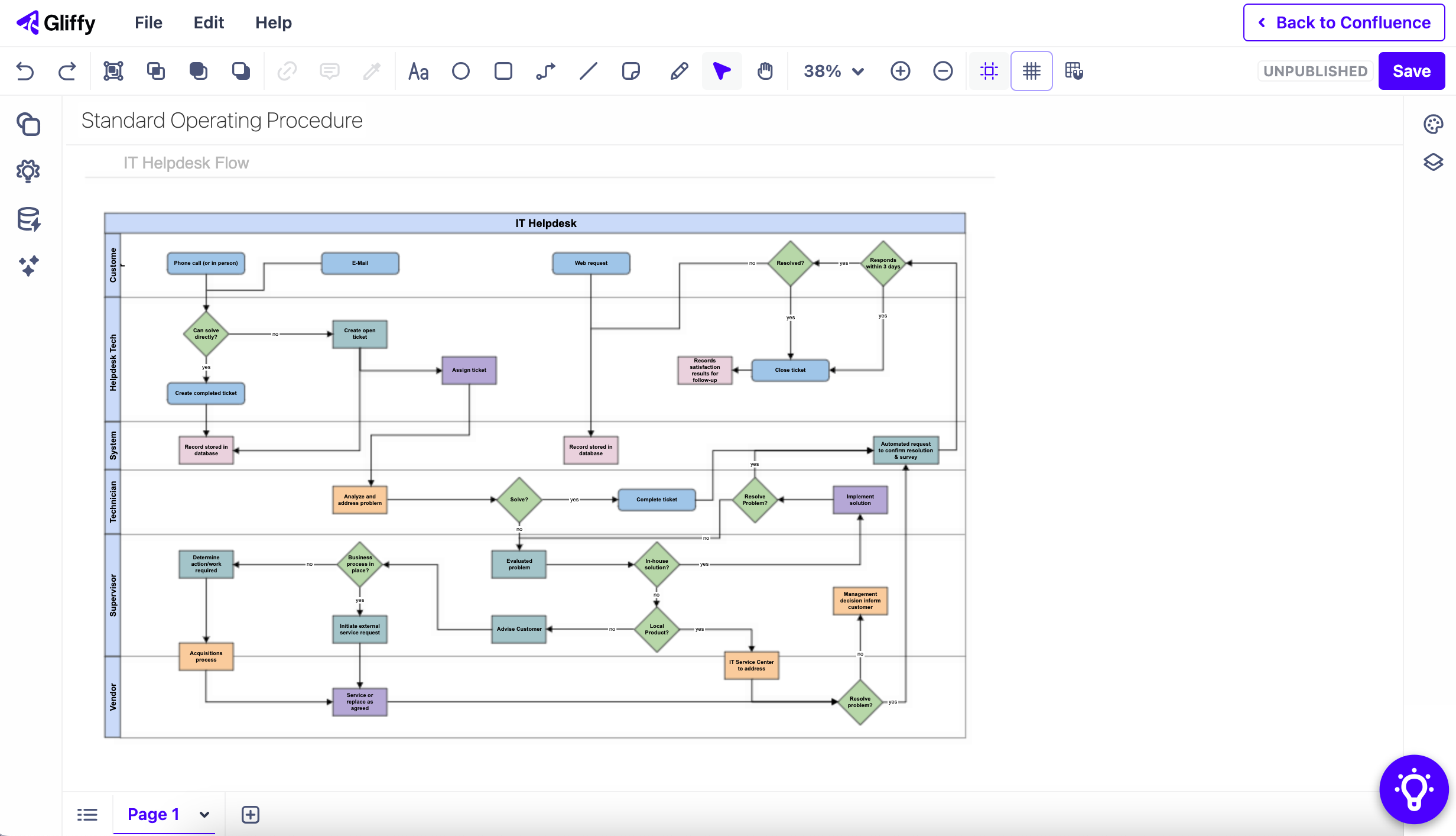
As part of Business Process Management, BPMN diagrams provide a standardized way to depict and detail a sequence of activities. Constructing a BPMN diagram helps teams:
- Improve efficiency through the process
- Adapt to new business needs
- Align cross-functional teams
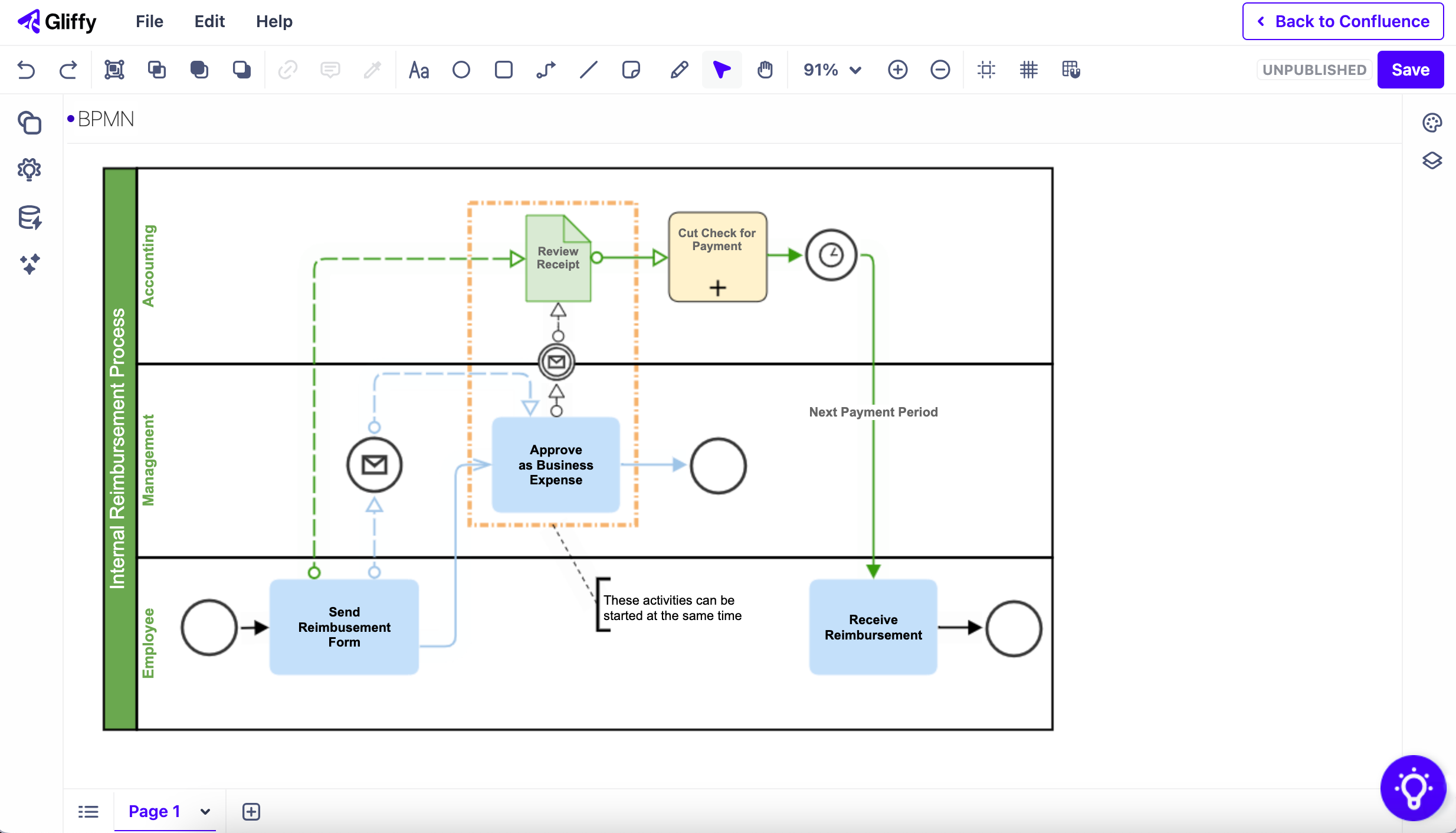
Diagram Your Way to Winning Strategies
Diagramming helps you take your ideas from concept to concrete and share your vision with others.
Strategic planning is a goal-setting practice that business leaders and leadership teams use to define a direction for an organization’s future. Its important business functions include:
- Defining your position and organizational identity
- Providing a baseline for further planning
- Developing a standard for prioritization
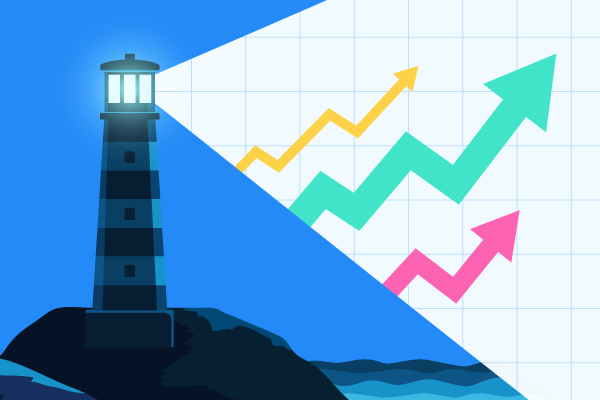
Constructing a business model canvas is a way of creating a vision for the future, either for a new business model or evaluating a current one. You can use this visual framework for situations such as:
- Creating or evaluating a new business
- Understanding competitors
- Expanding or refining an existing business
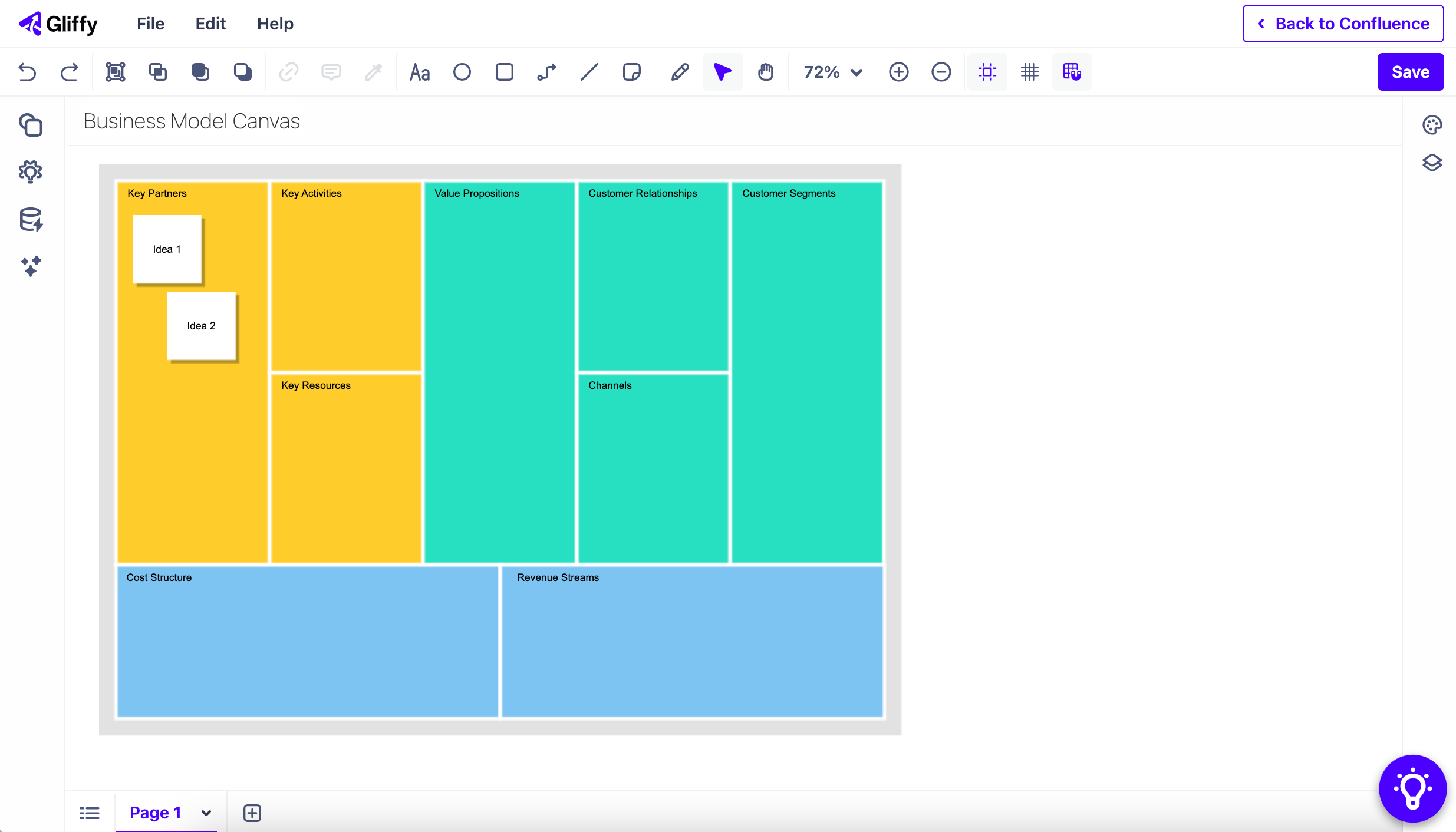
Risk assessment is a crucial business exercise, and there are three different steps to the process with ways to visualize each one:
- Identify risks with a concept map
- Analyze risks with a concept map or risk analysis chart
- Evaluate risks using your documented information
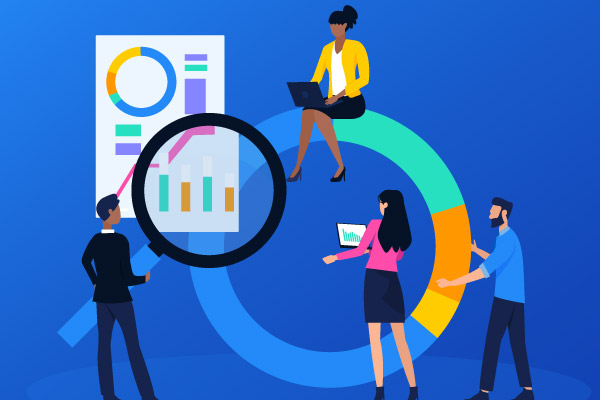
Visualize the internal and external positives and negatives of your organization with a SWOT analysis. This tried-and-true business exercise is essential for:
- Evaluating your position in the competitive landscape
- Prioritizing organizational initiatives
- Brainstorming or planning for a new business model
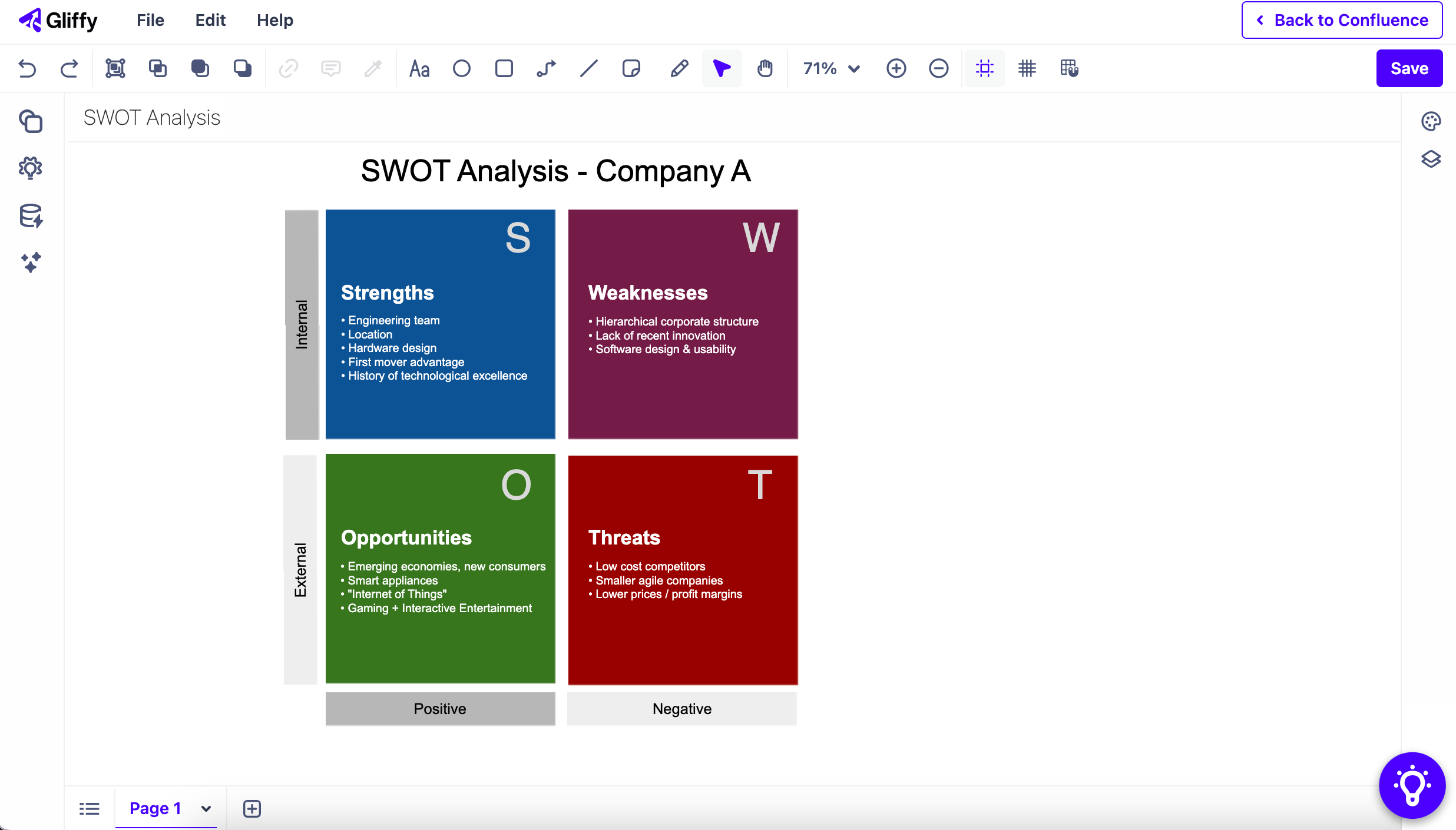
Put Projects into Action
Quickly identify bottlenecks in a process, improve cross-functional collaboration, or share a high-level project map to get buy-in from your stakeholders.
Flowcharts are one of the most popular types of diagrams, and for good reason. There are tons of types of flowcharts that help describe anything with a linear flow. Try making a flowchart for:
- High level project timelines
- Ideas for how you expect a process or user flow to work
- Testing plans or experiments
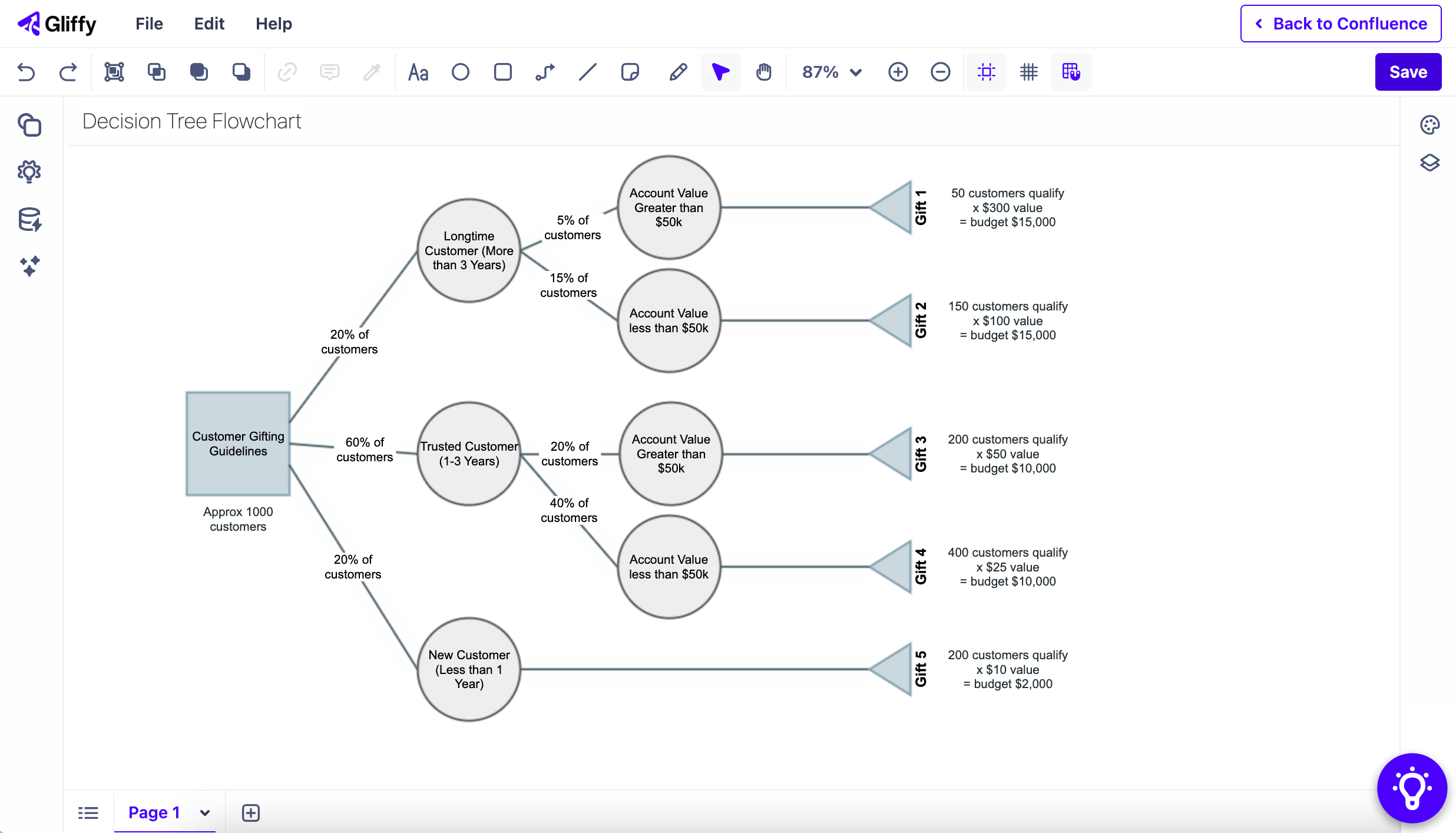
Swimlanes add a level of clarity to the common flowchart by creating zones that show what business function or person is responsible for certain tasks. Use a swimlane diagram to show:
- How work or ideas are shared across the organization
- What tasks can be done at the same time within a process
- Clear roles and responsibilities within a workflow
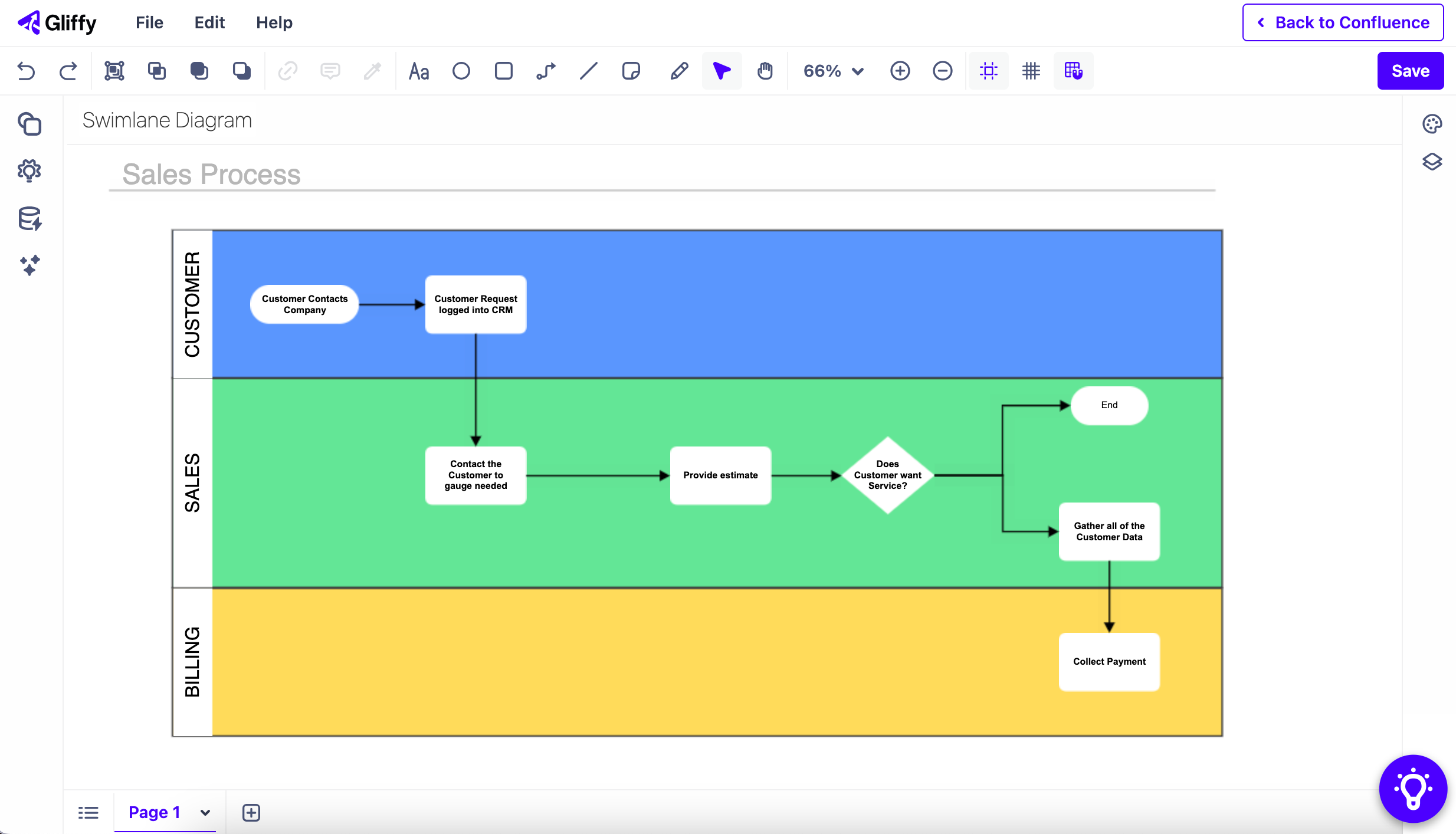
Game-Changing Organizations Use Gliffy to Collaborate
Start a Free Trial of Gliffy’s Diagramming Software for Businesses
With our best-in-class integrations for Confluence and Jira, wherever you want to collaborate, Gliffy is good to go.


